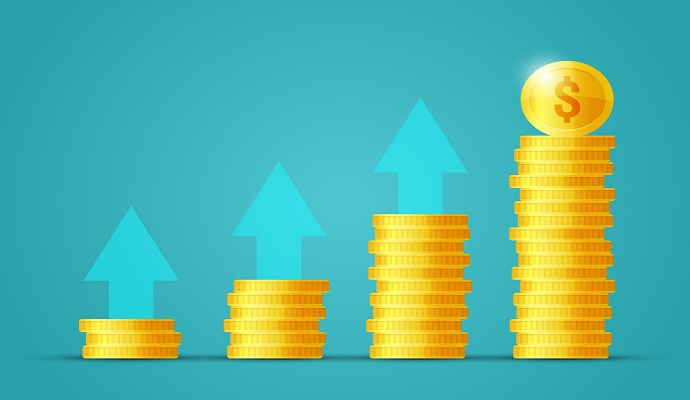Drug Prices Increased over 25% for a Third of Products
The drug price increases generally affected lower-priced drugs, the dermatologic and oncology classes, and older drugs, a study found.

Source: Getty Images
- A study recently published in JAMA Network Open found that nearly one-third of sole-source, off-patent, and off-exclusivity drug products saw major increases in drug prices over any calendar year.
In the study, 95 percent of drugs saw drug prices increase by 25 percent or more over the course of a year and 66 percent of drugs increased by 50 percent or more.
The price increases usually affected lower-priced drugs, the dermatologic and oncology classes, and older drugs.
Specifically, drugs with an initial price of less than $2 per unit, antineoplastic and immunomodulatory drugs, oral drugs, and FDA approvals before 1990 were most likely to see price increases of 25 percent and 50 percent within a year, researchers said.
For drugs with a price increase of 25 percent or more, researchers found 206 price increases during the study period. For a price increase of 50 percent or more, there were 103 price increases.
In the cross-sectional study, 300 sole-source, off-patent, off-exclusivity drug products met inclusion criteria and were selected for analysis from January 1, 2008, to December 31, 2018.
Sole source medicines are FDA-approved and marketed products in the US that are manufactured by only one company.
Off-patent drugs that are sole source are particularly prone to price hikes compared with drugs with more than one manufacturer.
The US spends more per capita on prescription drugs than any other country. In 2018, $335 billion was spent on prescription drugs, associated mostly with spending on brand-name drugs.
Researchers noted examples of the drug market, such as the 500 percent price increase of albendazole (Albenza), the more than 5,000 percent price increase of pyrimethamine (Daraprim), and the 600 percent price increase of the epinephrine auto-injector (EpiPen).
Experts believe that the findings from this study should inform state drug pricing legislation.
“Our findings indicate that state drug pricing legislation that reviews or prohibits certain price hikes affecting off-patent drugs should use meaningful thresholds that reflect actual price changes occurring in this market,” researchers said.
“Only a minority of drugs would qualify for review under current legislation that uses a threshold of a WAC price increase of $3000.00 in any 12-month period or course of treatment. In this case, lawmakers should consider lowering the bar for review because such policies are unlikely to capture a meaningful number of sole-source, offpatent drugs.”
Price increases have been a serious challenge in the US for many years. An April Gallup study found that two-thirds of adults reported that prescription drug prices have increased “a little” or “a lot” since 2017.
The belief that prescription drug prices have increased was highly consistent across demographic subgroups, with little differences found among race/ethnicity, gender, educational level, annual household income, and age, researchers reported.
Thirty-six percent of individuals interviewed between the study dates said the administration hadn’t done very much at all, while a mere seven percent said they have done a great deal to control the prices.
Additionally, one-third of US adults seriously considered a candidate's position on lowering drug costs to be the single most important issue or at least among the most important issues in influencing their vote in the 2020 election, the study found.
Annual household income is greatly related to importance to voting, with 45 percent of those from households making less than $40,000 rating the drug price issue as vitally important, compared with 14 percent of individuals from households making $100,000 or more.
